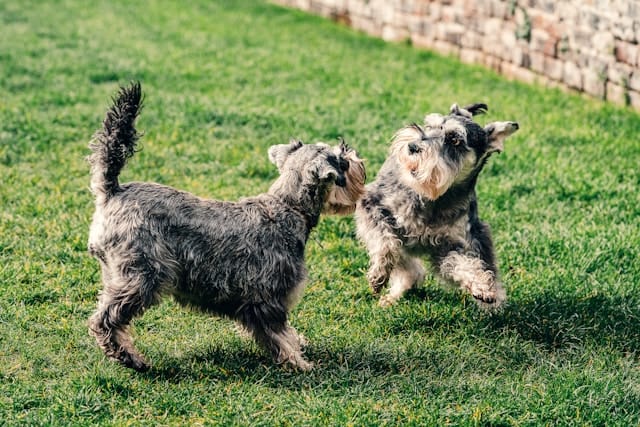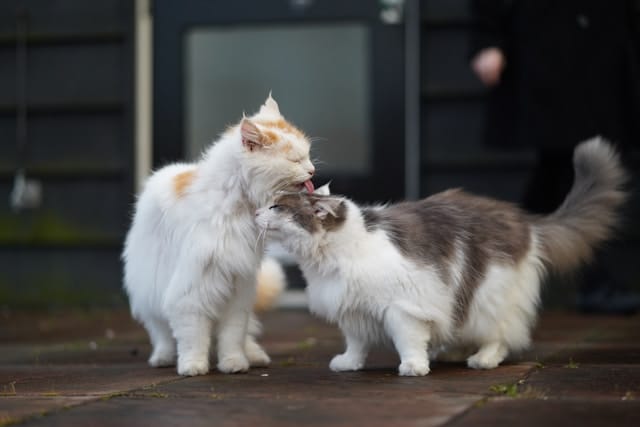Best Practices for Introducing Pets to Each Other

Best Practices for Introducing Pets to Each Other. Bringing a new pet into your home is exciting—but let’s be honest, it can also be nerve-wracking. Whether you’re introducing a new puppy to your resident cat, or helping two adult dogs become housemates, first impressions matter. In this guide, I’ll share some tried-and-true best practices to help your furry friends start their relationship on the right paw.
Why Proper Introductions Between Pets Are Important
Pets, like people, have their own personalities, boundaries, and comfort zones. A poorly managed introduction can lead to fear, stress, or even aggression—and that’s something none of us want. Taking the time to introduce your pets gradually and thoughtfully will set the stage for a happier, more peaceful household.
How to Prepare Before Introducing Pets
Preparation is everything! Here are a few steps to set you up for success:
- Know Your Pets’ Personalities: Is one pet more dominant or shy? Understanding this can help you predict their reactions.
- Create Neutral Spaces: Choose a neutral territory for their first meeting to avoid territorial disputes.
- Gather Supplies: Have leashes, treats, and a barrier (like a baby gate) ready.
- Vet Check: Make sure both pets are healthy and up-to-date on vaccinations.
Step 1: Scent Swapping – The First Introduction
Before your pets even see each other, start with scent swapping. Pets rely heavily on their sense of smell, so this step helps them get familiar without the pressure of a face-to-face meeting.
- Swap their bedding or toys.
- Rub a soft cloth on one pet and place it near the other.
- Allow them to sniff each other’s scent at their own pace.

Best Practices for Introducing Pets to Each Other
Step 2: Visual Introductions with Barriers
Once your pets seem comfortable with each other’s scent, it’s time for them to see each other—but with a safety barrier in place.
- Use a baby gate or a glass door.
- Keep interactions short and positive.
- Watch for signs of stress (growling, flattened ears, stiff posture).
Step 3: Controlled Face-to-Face Meetings
When both pets seem relaxed during barrier interactions, it’s time for a face-to-face meeting.
- Keep dogs on leashes during the initial meeting.
- Keep sessions short (5–10 minutes) and gradually increase over time.
- Use treats and positive reinforcement to reward calm behavior.
How to Read Pet Body Language During Introductions
Learning to read your pets’ body language can prevent issues before they escalate:
- Positive Signs: Relaxed posture, wagging tails, gentle sniffing.
- Warning Signs: Growling, baring teeth, stiff body, pinned-back ears. If you see tension building, separate them calmly and try again later.
Common Challenges and How to Overcome Them
- Aggression: Don’t punish aggressive behavior—instead, calmly separate the pets and give them a break.
- Fearfulness: Allow fearful pets to retreat to a safe space.
- Territorial Behavior: Provide separate feeding and resting areas for each pet.
 Tips for Long-Term Harmony Between Pets
Tips for Long-Term Harmony Between Pets
- Keep a routine to reduce anxiety.
- Provide separate resources (food bowls, beds, toys).
- Give both pets equal attention to avoid jealousy.
Special Scenarios: Introducing Dogs to Cats, Puppies to Adults, and More
- Dog to Cat: Ensure the cat has escape routes and high perches.
- Puppy to Adult Dog: Puppies can be annoying to adult dogs—monitor playtime and allow breaks.
- Multiple Pets: Introduce one pet at a time to avoid overwhelming anyone.
When to Seek Professional Help
If introductions aren’t going well or you see repeated aggression, don’t hesitate to consult a professional animal behaviorist or trainer. They have the experience to handle trickier situations.
Conclusion: Key Takeaways for a Stress-Free Introduction
Introducing pets takes time, patience, and a little preparation—but it’s so worth it when you see them napping side-by-side or playing together. Take it slow, watch their cues, and don’t rush the process. Before you know it, your pets will be the best of friends.









